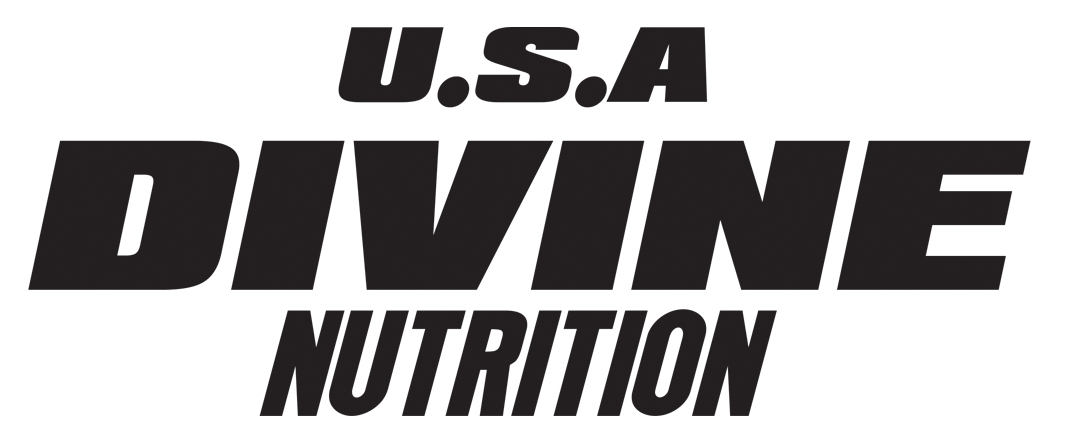Is Jumping Straight into Your Workout Better Than Warming Up?
Introduction
Warming up can be described as that part of the workout which can be entirely optional; however, you are going to pay for it in more than one way if you don't warm up the right way. Whether you are a weight lifter, cardio enthusiast, or yogi, proper warm-up sets the stage for optimum performance, reduces the risk of injury, and even aids in the repair and growth of muscles. Let's dive deeper into why warming up is non-negotiable in your gym fitness routine.
The Purpose of Warming Up Before Exercise
Warming up prepares the body, both physically and mentally for what lies ahead in your activity. This initiates to gradually increase the heart rate that raises the flow of blood in the muscles to warm up the central body temperature. Thus, enhanced oxygen supply leads to better muscle performance to execute everything planned to be done within the workout. Finally, warming up can mentally prepare you to target some strength with the best pre-workout supplement or increase endurance.
Danger of Missing Warm-Up
Some results of missing the warm-up are as follows: muscle strain, joint injuries, and poor performance. Cold muscles tear rather easily, and wrong preparation slows down the repair. Most gym fitness enthusiasts who just dive into a strict workout grumble about tightness or soreness, which easily would have been prevented with a couple of minutes of warm-up.
Dynamic vs. Static Stretching: Which One to Use Before Workout?
Dynamic stretches are movement-based exercises like arm circles, leg swings, or lunges with a twist. These are ideal pre-workout because they mimic the motions you’ll perform during your session, gradually increasing your range of motion. On the other hand, static stretches involve holding a position for a prolonged period. This could be great for flexibility but better thought of as a post workout aid in helping to fix those muscles.
How Warming Up Improves Flexibility Besides Reducing the Risk of an Injury
A good warm-up makes your flexibility good by causing an increase in blood flow to the muscles and lubricating the joints. This flexibility reduces the odds of injury happening, especially when one does intense workouts or weightlifting. When using whey protein isolate, if proper warm-up is done, one's muscles are ready to absorb nutrients for growth and proper repair.
Warm-Ups and Performance During Exercise
As the study shows, with proper warm-ups, athletes get improvements over those who did not. Warm-ups enhance neuromuscular efficiency, meaning more strength coordination from your movements. If you rely on a pre-workout with no caffeine boost during sessions, the addition of a warm-up routine supercharges your focus and endurance to go harder on your workout.
Fastest Warm-Up Routine for Busy Days
That 5-10 minutes makes all the difference on crazy days. Try this easy routine:
1. Jumping jacks 1 minute that will raise your heart rate
2. Arm circles 30 seconds per arm loosening shoulder joints
3. Leg swings 30 seconds per leg getting your hips and thighs ready
4. Squats 1 minute body weight engages the lower body
5. High knees 1 minute engages core, leg muscles.
This routine is ideal for any tight schedule but does not yield to giving up staying committed to gym fitness.
Why Sports Professionals Never Skip A Warm-Up?
Professional athletes understand that a warm-up well done may make or break their performance. Whether it is soccer, basketball, or weightlifting, warming up is a ritual of sorts. Many incorporate the best pre-workout supplement and dynamic movements specific to their sport to ensure their bodies and minds are at optimum levels.
Mental preparation in the process of warming up
While the warm-up can be physical in nature, there is also an element of the mental. Let the time of the warm-up concentrate on what one wants to accomplish: increase in endurance, running a new personal best, or perfecting technique. Visualization is a powerful exercise during warm-up that will strengthen confidence and preparation.
Most common mistakes that people do
-
Skipping dynamic stretch
-
Overstretched cold muscles
-
Rush in warm up
-
Ignoring specific muscles
How to Smoothly Transition from Warm-Ups to Completing the Routine
Transition smoothly so that energy is not spent and injury becomes improbable. Carry your warm up gradually into warm-up exercises similar in intensity to a full workout, especially if using weights, warm up with small sets. An individual doing cardiо will perform slow jogging at some point before bringing up the speeds. This has your body transition from the start into the expectations.
Conclusion
Warming up is no longer a ritual but has been converted into a prerequisite to be conducted prior to any sort of fitness traveling. A perfect warm-up would result in improvement of flexibility together with the increase in performance, and with least possible chances of injury. Not to be missed even if it is being done for the repairing of the muscles after whey protein isolate.
Frequently asked questions
Q1. How long does a warm-up take?
A good warm-up can take 5-10 minutes depending upon the intensity of your exercise.
Q2. Can I skip warm-ups if I am short on time?
Even a little 5-minute routine is better than nothing. You should focus on dynamic movements that target muscles you are going to use.
Q3. Is the inclusion of static stretches bad before workouts?
Static stretches are the worst warm up exercises as they result in loss of strength, and therefore, performance. Reserve them for post-workouts.
Q4. Does warm-up help in weightlifting?
Yes! The more warming done increases the activity of the muscle, and then this translates into the prevention of strains.
Q5. Will doing warm-ups serve the muscles and their repair too?
Yes, warming up helps our muscles grow.


